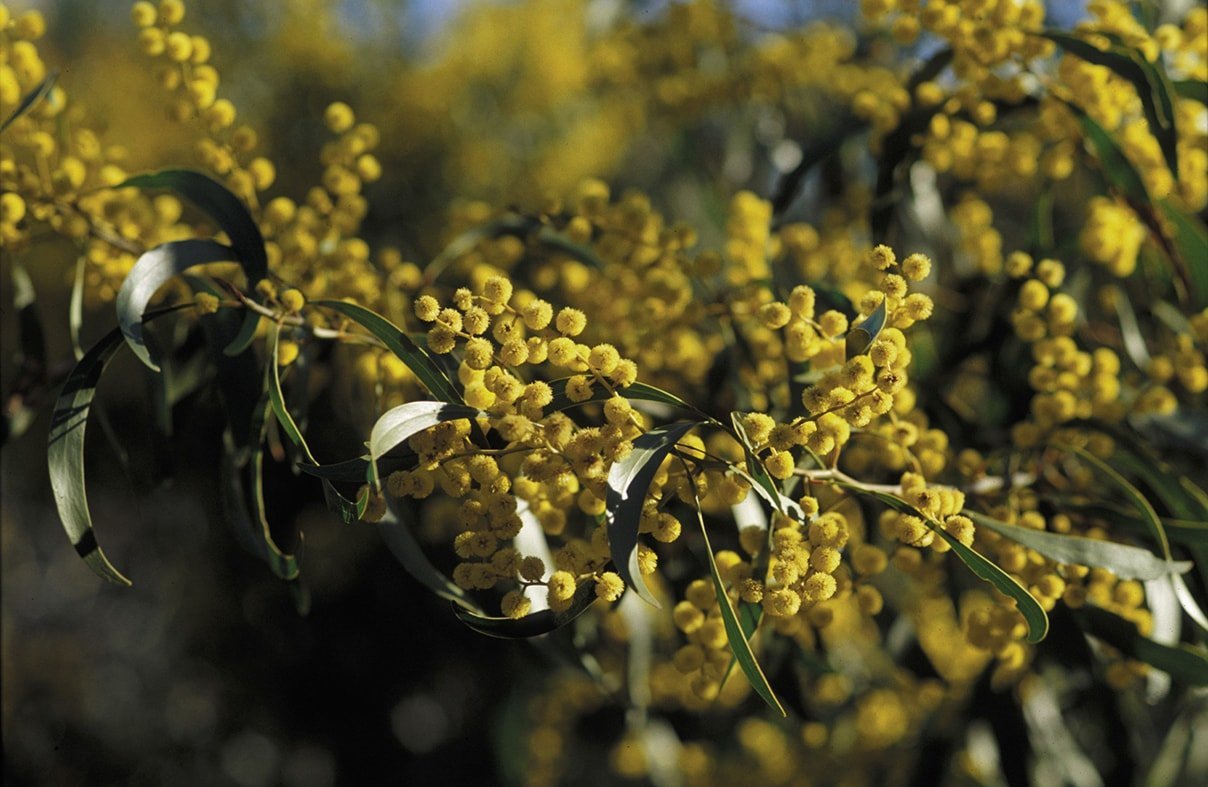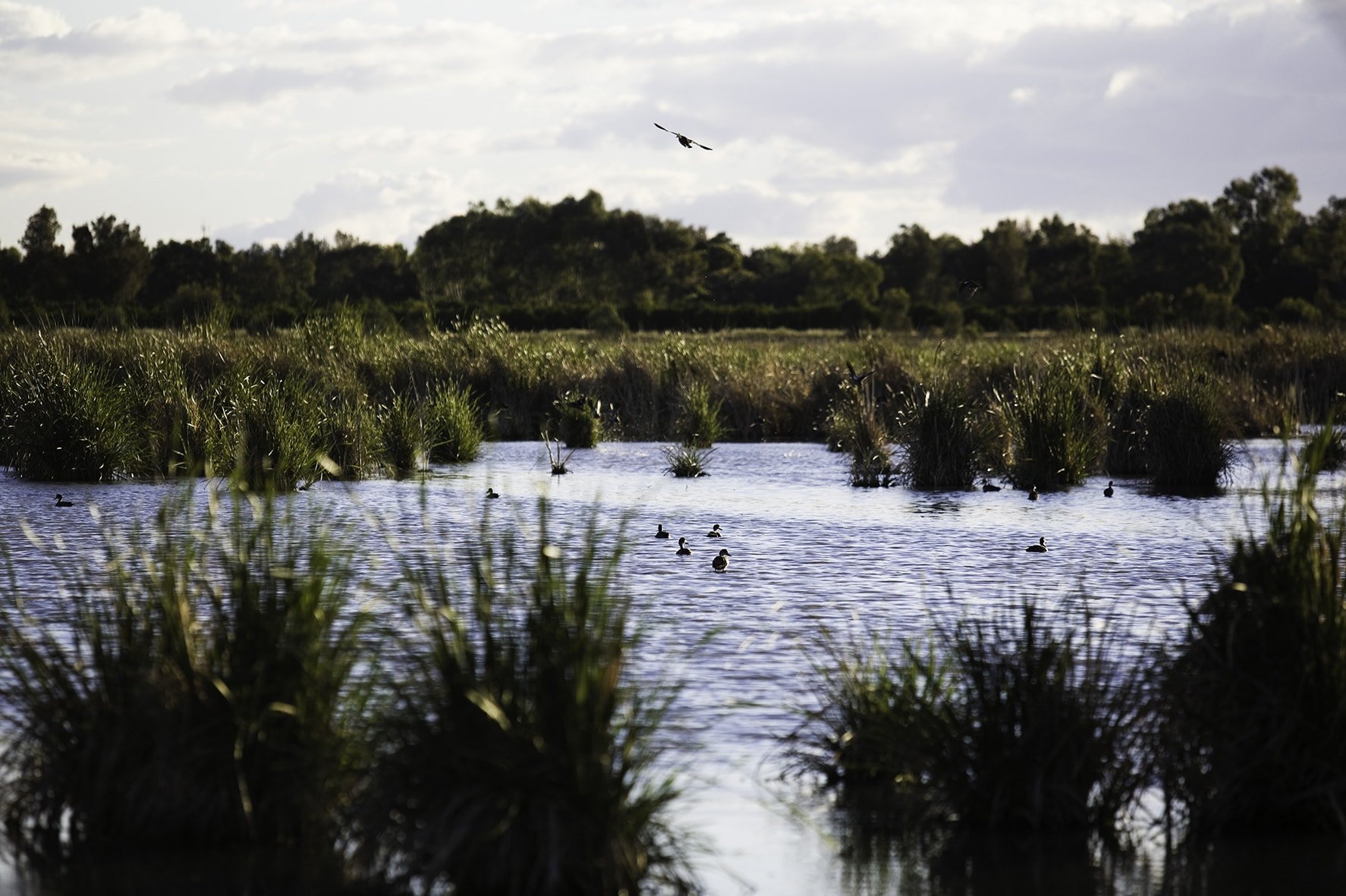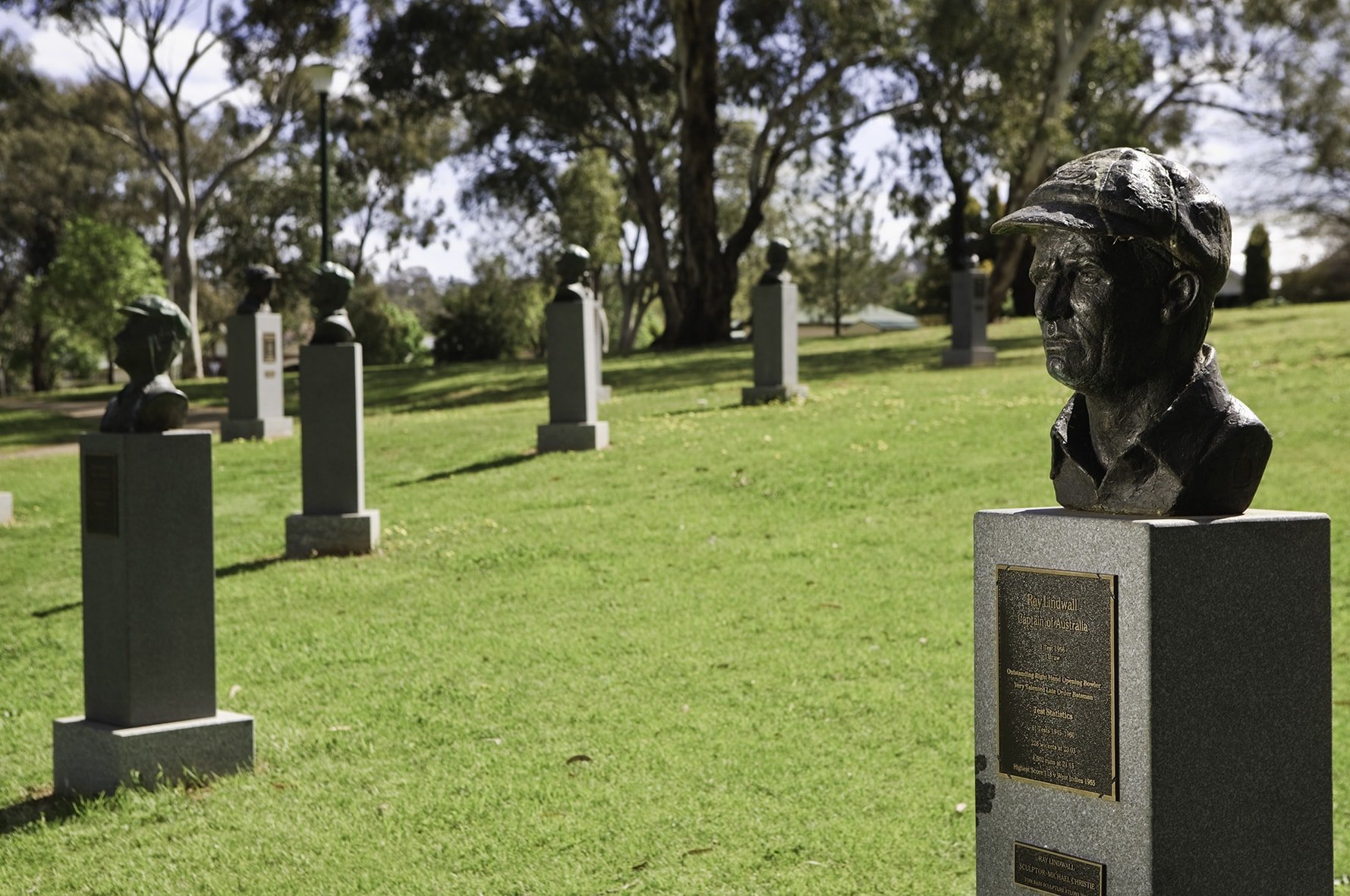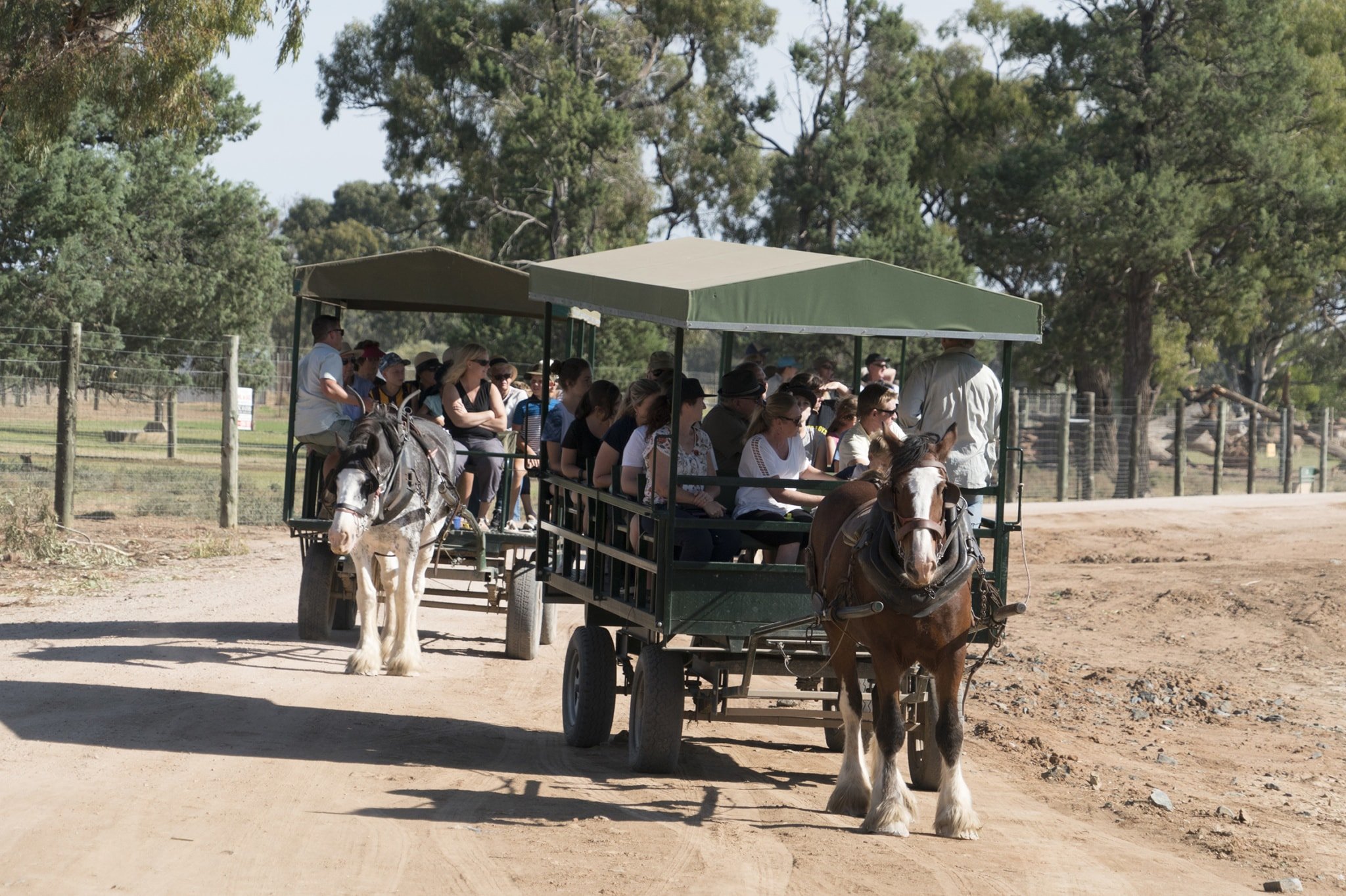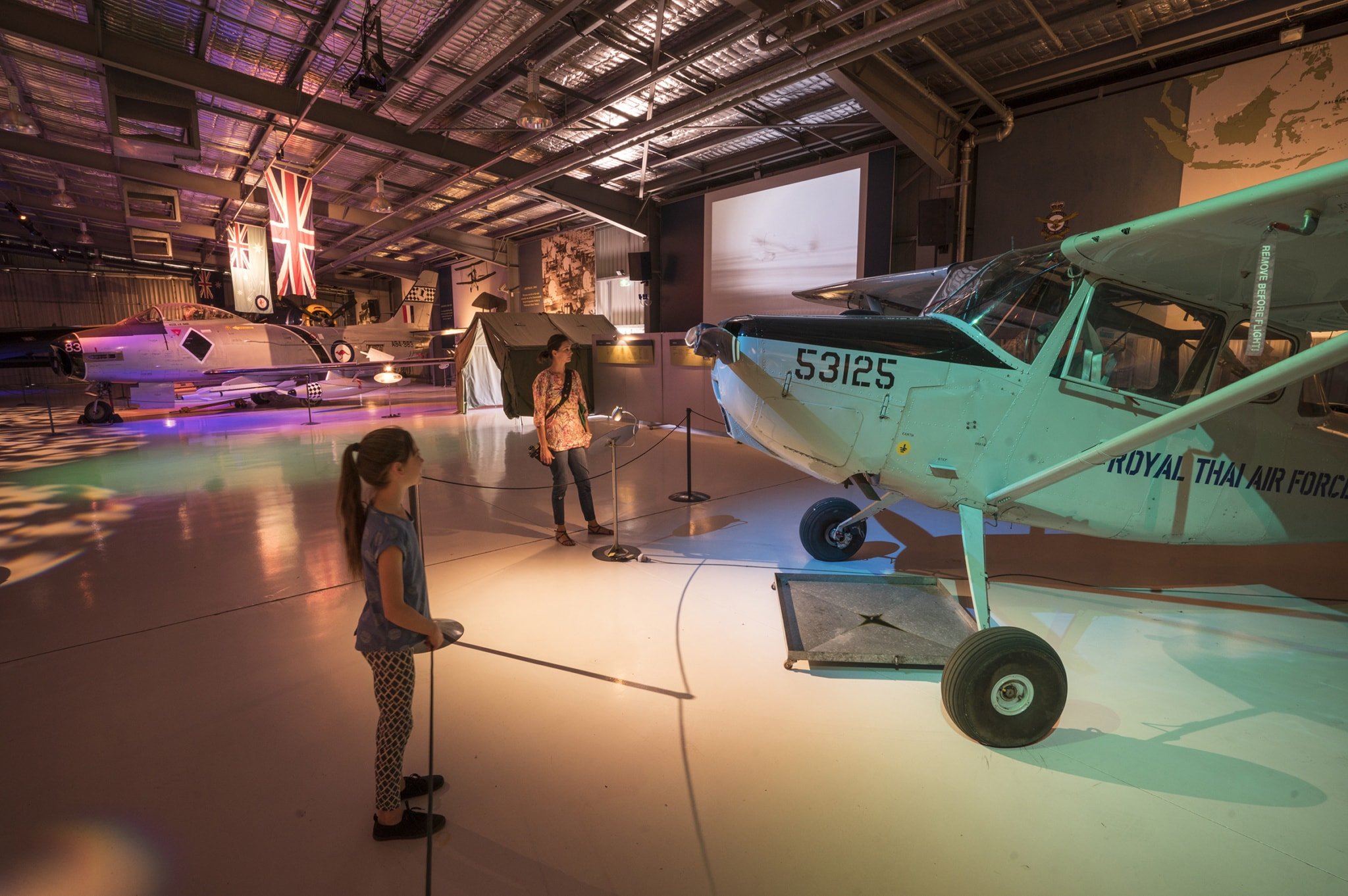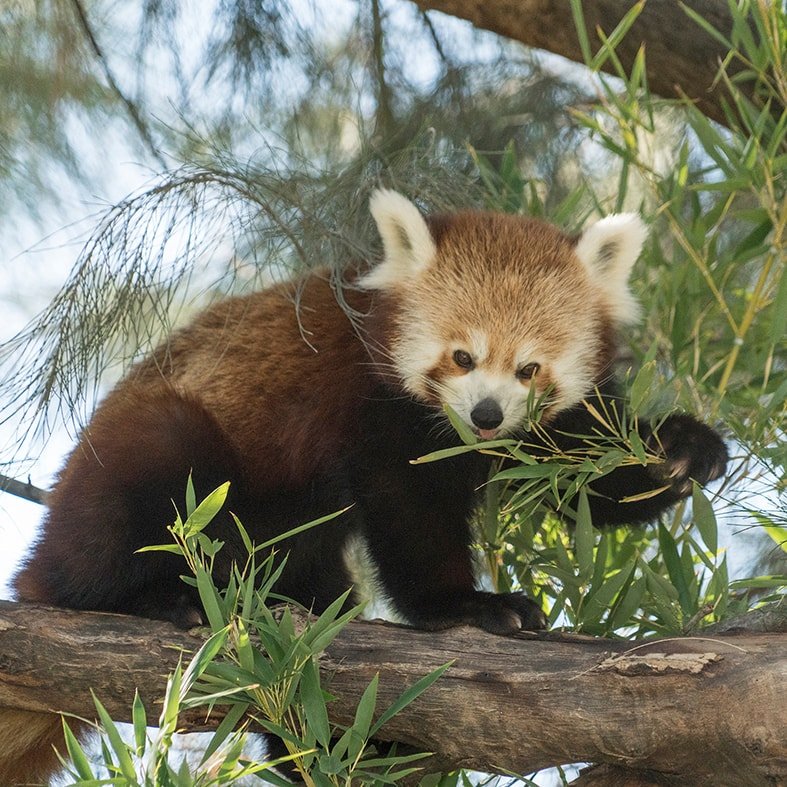Exploring the wild life of the Riverina

YOU WOULDN’T EXPECT to encounter an African lion or a tufted capuchin (think that cheeky monkey in Night at the Museum) in the heart of the New South Wales Riverina district. A wombat and roos, maybe, but the muscled form of an American bison or the squeeze-me-I’m-adorable cheeks of a red panda (below), surely not…
Yet there they are, along with a merry band of other animals at Altina Wildlife Park, located about 50km west of Leeton, the state’s prime rice-growing region.
The nationally accredited exotic and native animal breeding facility is the concept and dream of Griffith-based couple, Gino and Gloria Altin, who are committed to bringing endangered animals back from the brink of extinction.
“Inspired by our love of animals and extensive travel trips to game reserves and zoos in Botswana, Zimbabwe, South Africa and Zambia, as well as in Australia, we created one of the most unique zoos in Australia,” Gloria says.
The park, which is set on a 207-hectare bush property on the banks of the Murrumbidgee River at Darlington Point, has been operating personalised, horse-drawn cart tours since 2004. “Altina has an open layout that allows the animals to feel free, being able to see about 1km in every direction, as well as being able to see neighbouring species next to their own enclosures. Controlled tours allow the animals to remain relaxed at all times and ensure a stress-free environment that aligns as closely as possible to their natural habitat and therefore encourages more normal animal behaviours.”
Altina’s guides take all visitors around the park to meet the animals during their daily feeding. The 2.5-hour tour is the best way to see Altina’s animals and according to Gloria, spots fill up fast.
Visitors looking for something a little more exciting can try a Behind the Scenes Encounter, where they can feed their chosen animals.
“We hope these encounters inspire people to join us in conserving wildlife and the environment,” Gloria says.
Other nature-based Riverina adventures:
Bird watching
The gateway to the Riverina, Cootamundra is less than 2-hours drive from Canberra, is surrounded by undulating landscapes and the endemic and iconic Cootamundra wattle – don’t miss its golden globes between June and September – and a bounty of native birds.
The birthplace of Sir Donald Bradman, the town pays tribute to him on the Captains Walk, which is your first stop for bird watching.
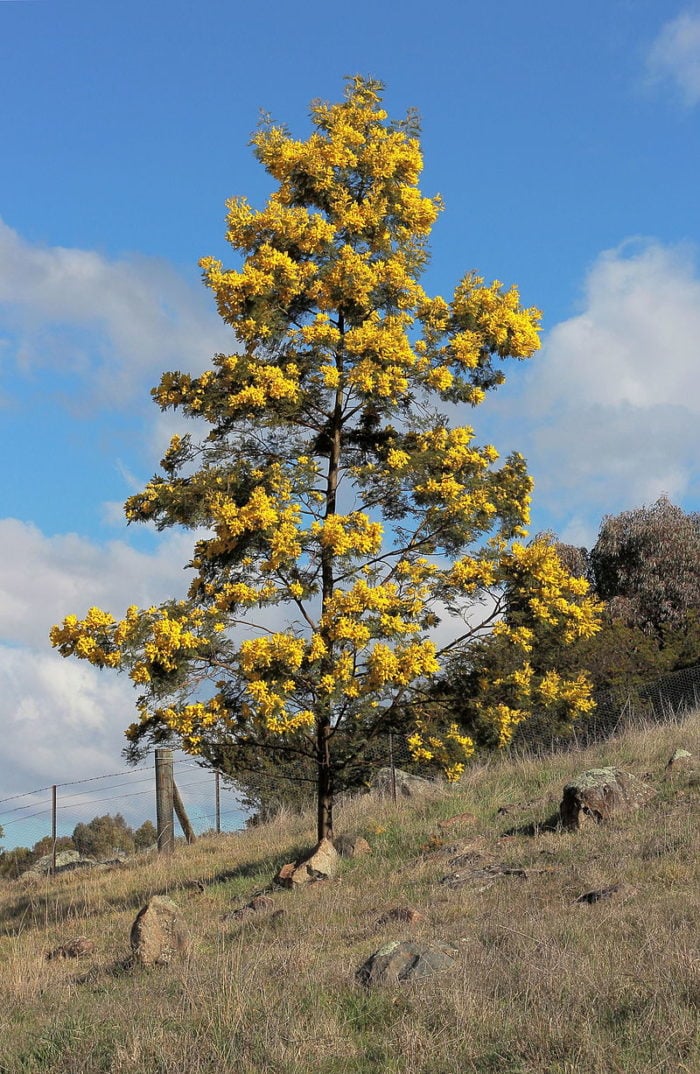
Cootamundra wattle. (Image credit: Wikimedia)
Captains Walk
Located in Jubilee Park, this walk, which features 42 bronze sculptures of Australian test cricketers, is also home to myriad birdlife including the superb and red-rumped parrot, grey butcherbird, red wattlebird and blue-faced honeyeater.
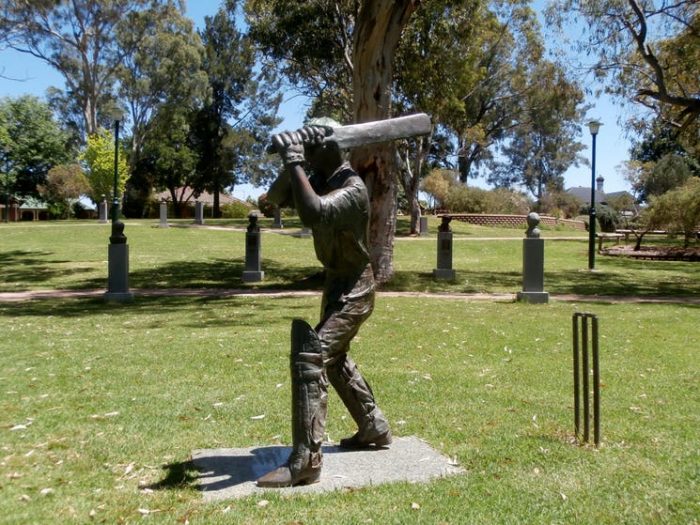
Captain’s walk. (Image credit: Visit NSW)
Pioneer Park
Take the easy 1.2km unsealed walking track through this open woodland landscape of yellow box, acacia and native grasses and you’ll likely encounter white-throated treecreepers, common bronzewings, restless flycatcher, robins and butcherbirds.
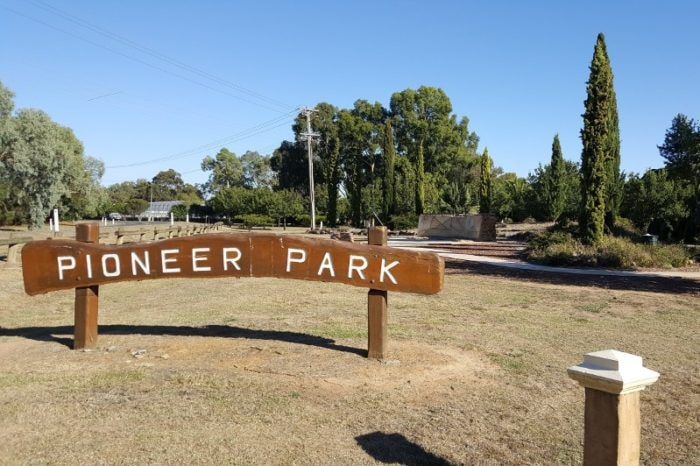
Pioneer Park. (Image credit: NSW Gov)
Jindalee National Park
Dominated by mugga ironbark, in this open woodland you might spot a speckled warbler, white-throated and brown treecreepers, flame robin, yellow-rumped thornbill, parrots and honeyeaters.
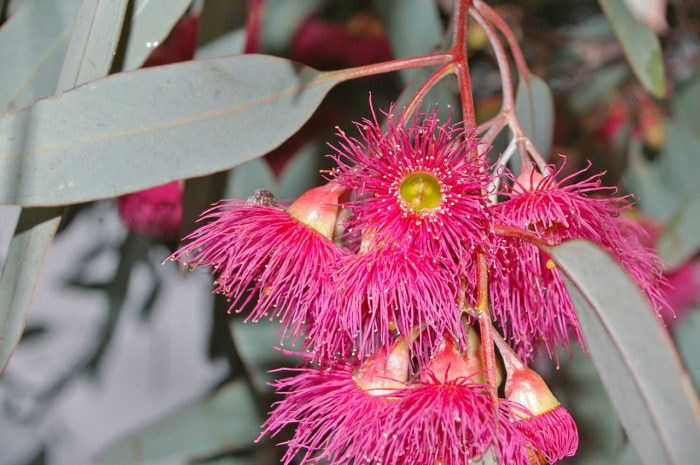
Mugga ironbark. (Image credit: Wikimedia)
Migurra Reserve
A small box-ironbark woodland with an understorey of acacias, lilies, everlasting daisies and native grasses, the reserve is home to jacky winters, diamond firetails, double-barred finches, yellow-faced and yellow-tufted honeyeaters, robins and treecreepers.
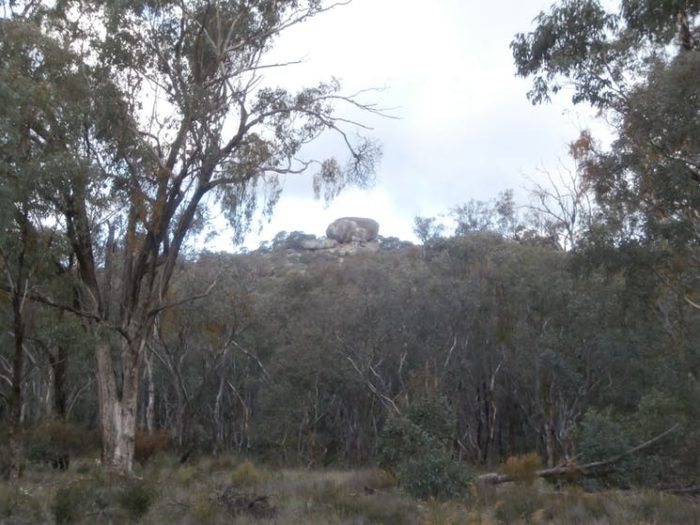
Migurra Reserve. (Image credit: Visit NSW)
Cocoparra National Park
With its dramatic views of, and from atop, the heavily forested Cocoparra Range, this national park is ideal for bird watching. Located about 50km north of Leeton, it’s home to majestic peregrine falcons, which soar above the landscape on wings that span 120cm and propel it to speeds of up to 390 km/h, and rainbow bee-eaters that build their homes in the ground – you’ll know them by their amazing spectrum of colour.
Visit after rain to see the waterfalls and creeks in full flow and come in spring to see the wonderful variety of wildflowers; orchids, wattles and tea tree bring extra vibrancy to the land.
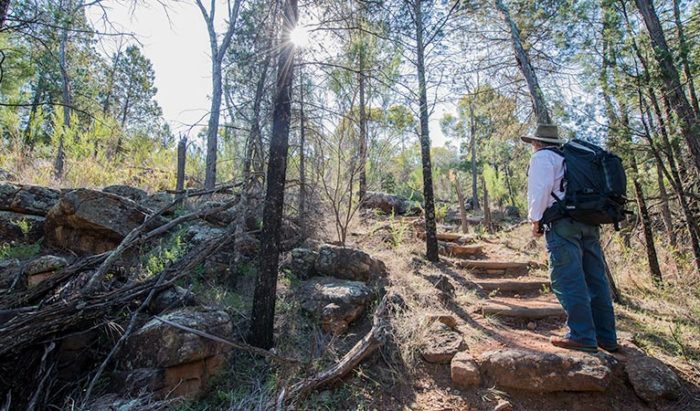
Cocoparra National Park. (Image credit: NSW National Parks)
The Canola Trail
In late winter and early spring each year great swathes of the Riverina turn gold thanks to flowering canola.
You can journey through spectacular landscapes on the region’s Canola Trail, which winds through the charming towns and quaint villages of Junee, Temora and Coolamon shires.
As well as drinking in the painted paddocks, explore the landscape’s local forests and nature reserves. Start at Bethungra Dam Reserve (about halfway between Cootamundra and Junee) walk into the Ulandra Nature Reserve through native forests, until you reach the remains of a former homestead and well-maintained shearing shed with commanding views over the surrounding countryside. From here, hike back to Bethungra Dam and throw your fishing line in to pit your skills against crafty golden perch. You can also canoe and sail here, or alternatively slow things right down and lie on your back and drink in the seemingly endless blue Riverina sky.
West of here you’ll find Coolamon’s Kindra State Forest, which is home to a range of bike and walking trails that will lead you on a journey of discovery. A short drive down the road you’ll find Ganmain’s Murumbang Interpretive Nature Walk, which takes you around the Ganmain Forest’s railway dams and Boggy Creek. You’ll see a collection of lizards and frogs here as well as wetland birds.
When you need to refuel, head to the Junee Licorice and Chocolate Factory or the Junee Farmers’ Markets, and for a spot of history be ‘transported’ back in time at the Temora Aviation Museum, Temora Railway Precinct and Junee Roundhouse Railway Museum.
For more information on Altina Safari Park, Cootamundra and Cocoparra bird watching, and The Canola Trail, as well as where to stay, head to Visit NSW.
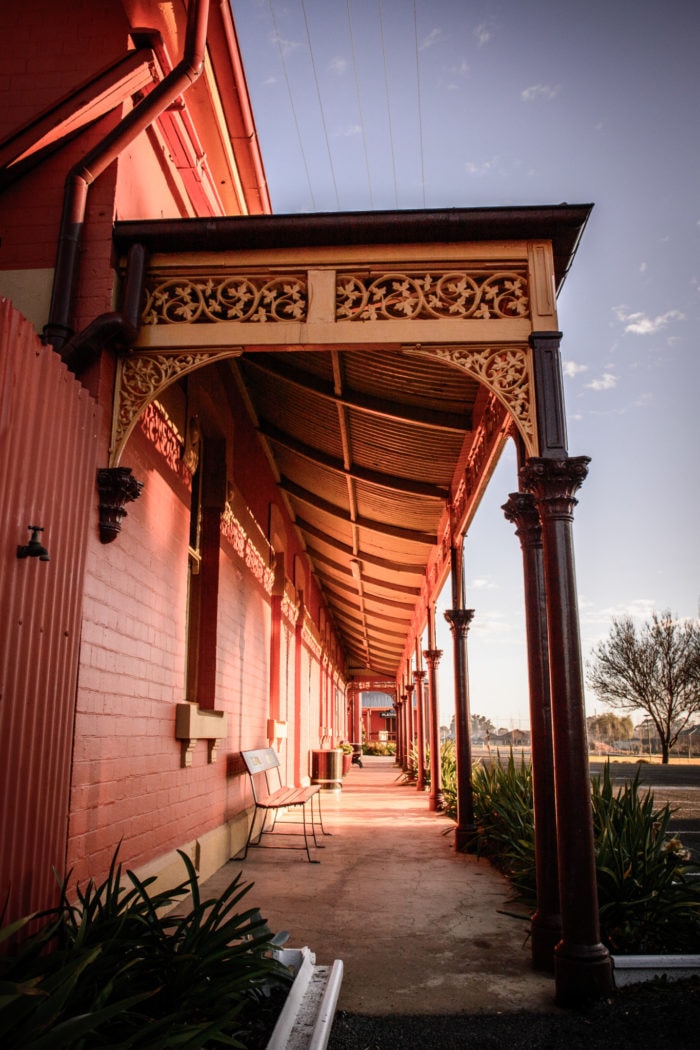
The railway station.
